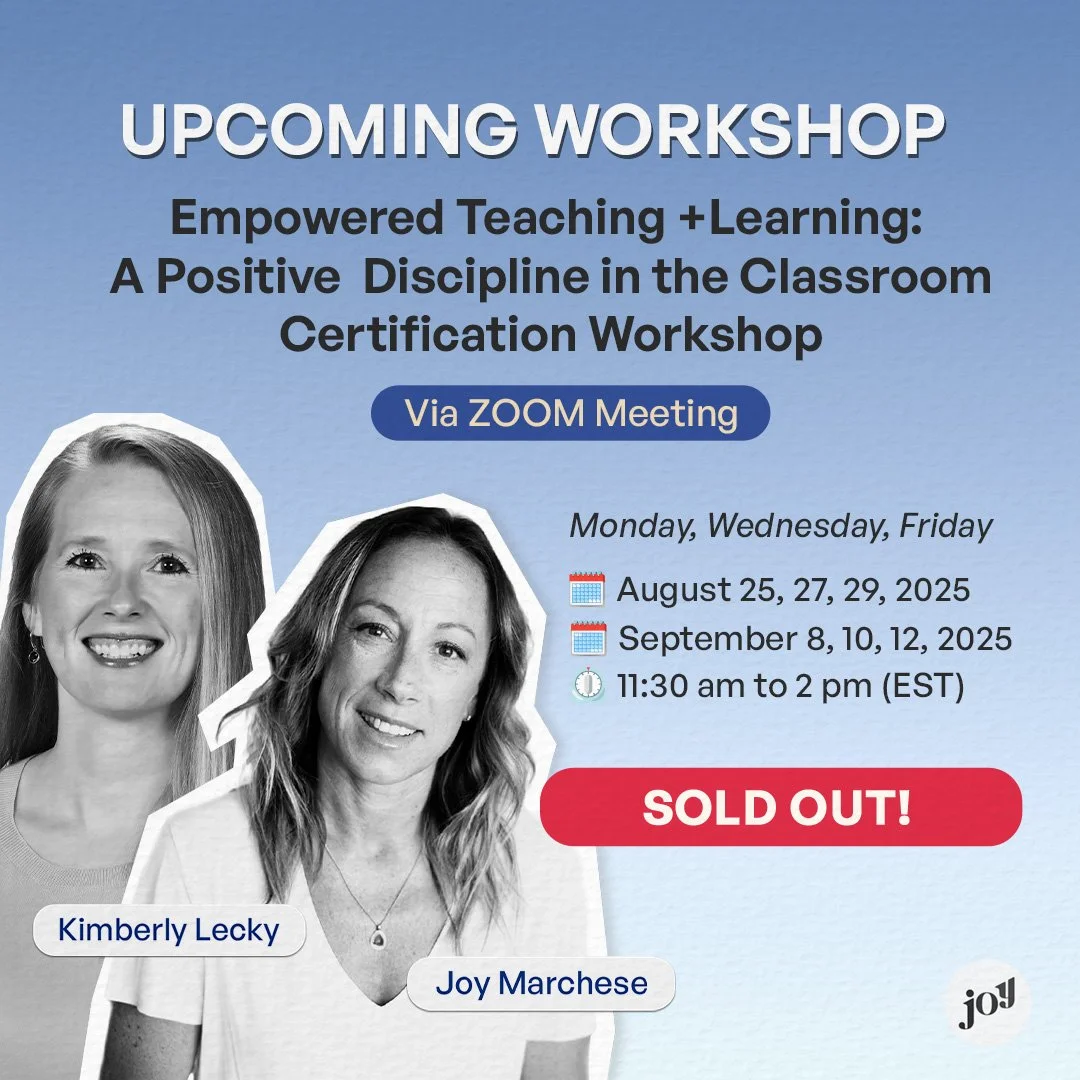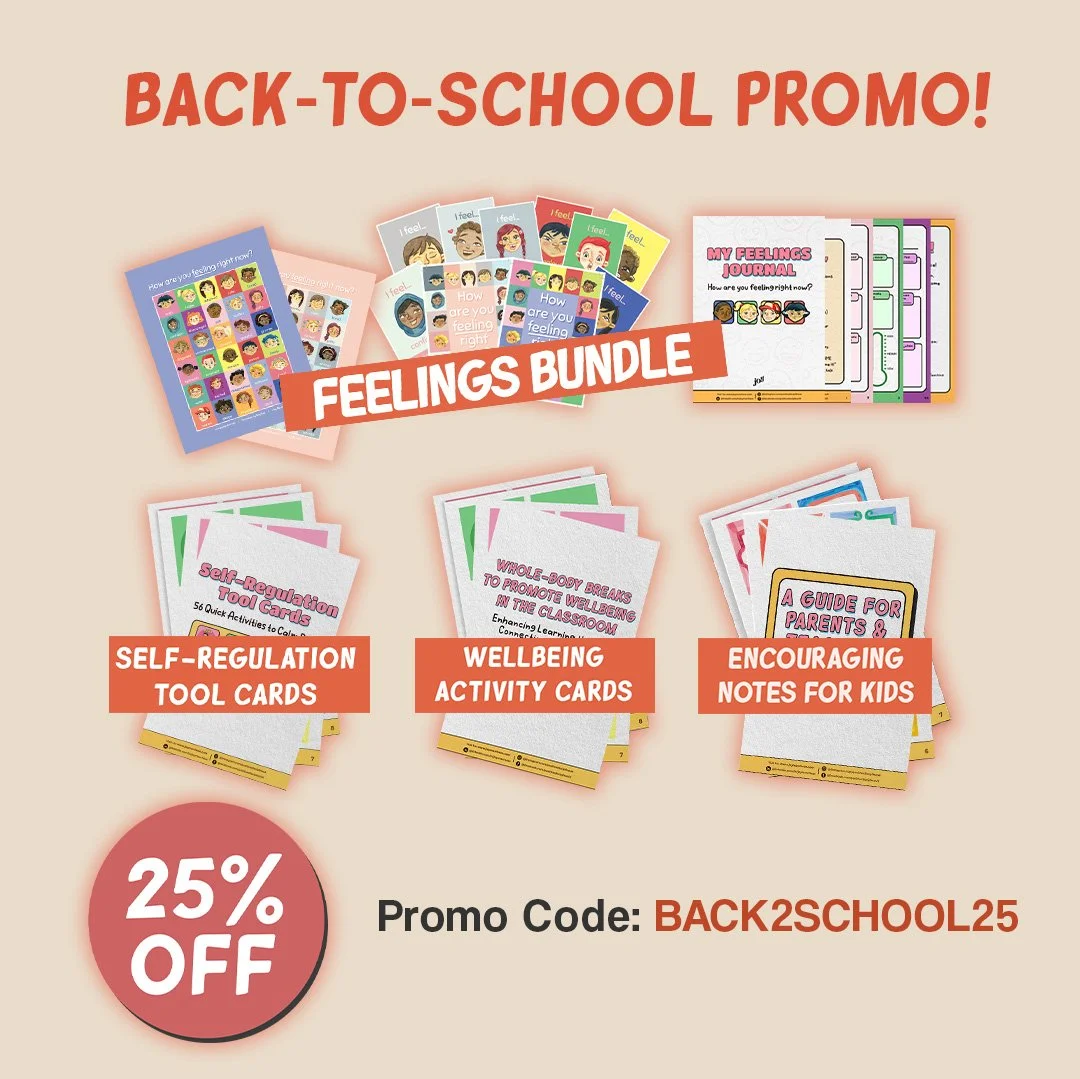Agree to Agree: Making Shared Agreements That Stick
“Putting your students’ emotional needs first is important because without feeling safe and understood, no instructional strategy will be effective.”
— Jasper Fox, Sr.
If you’ve ever said “How many times do I have to tell you the rules?”—you’re not alone.
And if your students or children still don’t follow them, despite the poster on the wall or the chore chart on the fridge… well, you’re in good company too.
Here’s the truth: Rules made by adults alone often feel like something to resist. But agreements made with kids? Those feel like something to live up to.
Welcome to the power of Shared Agreements.
Whether you’re teaching a class or managing a household, the beginning of the school year is the perfect time to create a fresh set of shared expectations—with your kids, not just for them.
What Are Shared Agreements?
Shared Agreements are collaboratively created guidelines that reflect everyone’s voice and values. Instead of laying down rules, you ask:
“What kind of environment do we want to create this year?”
“How do we want to treat each other?”
“What will help us work, learn, and live well together?”
When kids help create the agreements, they feel a sense of ownership. And ownership increases cooperation.
Why They Work (According to Positive Discipline)
Positive Discipline emphasizes belonging and significance. Shared Agreements meet both:
Kids feel a sense of belonging because their voices are heard.
They feel significant because their ideas contribute to something real.
And when students or children veer off course (as all humans do!), instead of shaming or punishing, you can gently redirect them:
“What was our agreement?”
“Are we sticking to it?”
“What can we do differently?”
Quick Tips for Creating Shared Agreements (That Actually Stick)
1. Ask, don’t tell
Start with questions: “What kind of classroom/home do we want to have?” Let their words guide the list.
2. Keep it short and positive
Aim for 3–5 agreements. Phrase them positively: “Take care of each other” vs. “No name-calling.”
3. Make it visible
Write them out together. Post it somewhere everyone can see it—classroom wall, fridge, or family message board.
4. Sign it together
Treat it like a team pledge. Everyone signs to show their commitment.
5. Refer back often
Use it as a compass, not a one-time activity. Revisit and revise as needed, especially when we’re sticking to them :)
In the Classroom
Kick off the school year by inviting students to help co-create a set of shared agreements for the learning environment. Ask:
"What kind of classroom do we want to have this year?"
"What helps you feel respected, safe, and ready to learn?"
"How can we treat each other so everyone has a chance to thrive?"
Then, guide students to phrase their ideas positively. Instead of “No yelling,” they might suggest, “Use respectful voices.”
Display the final agreements visibly—and revisit them often. They’re living, breathing commitments, not just posters on the wall.
At Home
Shared agreements work beautifully with families, too—especially during transitions like back-to-school.
Have a family meeting to talk about after-school routines, screen time, or morning prep.
Ask: “What do we need to do to help our mornings feel calmer?”
Make agreements that work for everyone—and revisit them weekly if needed.
When children help craft the expectations, they’re much more likely to cooperate.
Shared Agreements don’t eliminate misbehavior—but they create a foundation of trust, respect, and responsibility that helps you respond to it with empathy and firmness.
They remind everyone: “We’re in this together.” And that’s a pretty great way to start the school year.
P.S. Not sure where to begin with shared agreements? I’ve got you covered! Download our list of 10 helpful and doable shared agreements—one set for home and one for the classroom—to kickstart respectful, collaborative conversations.
Do you want us to bring the Positive Discipline in the Classroom training directly to your school or organization.
From leadership teams to full faculty, we offer customized workshops that equip educators to integrate SEL and Educational Neuroscience seamlessly into everyday teaching.
💡 Let’s partner to build stronger, more connected school communities—together.




